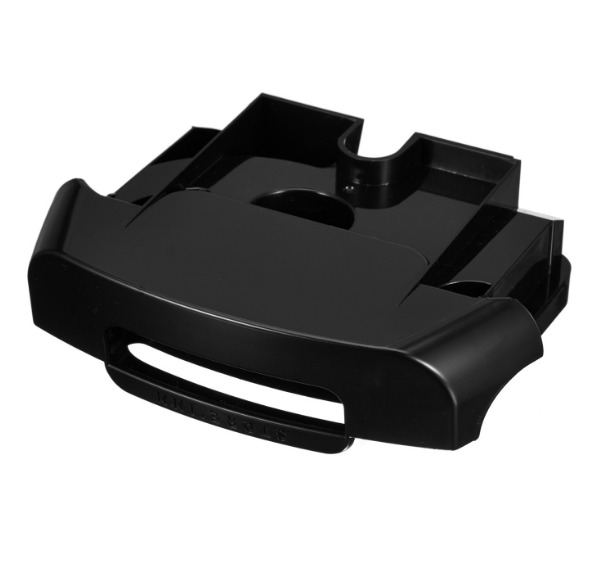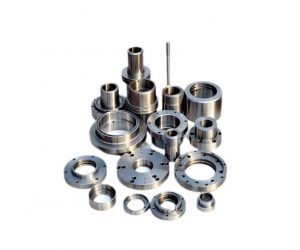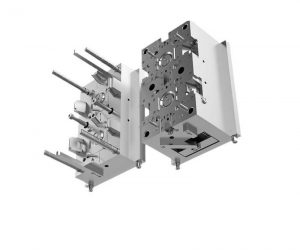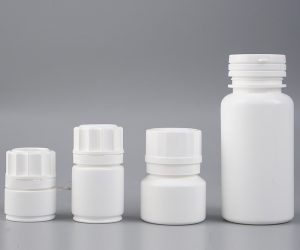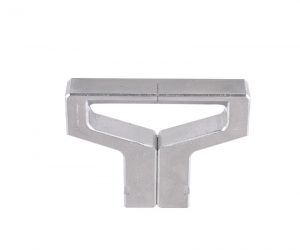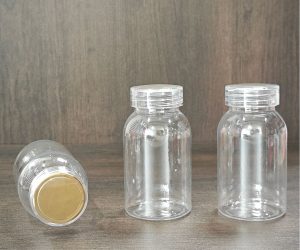Injection molding is a critical manufacturing process used to produce a vast range of plastic components, from consumer products to industrial parts. At the heart of this process are the molds, which define the shape of the part being produced. However, without proper clamping to secure these molds, the injection molding process would fail to produce accurate, high-quality components. This is where injection molding mold clamps come into play. Mold clamps are integral to maintaining mold alignment, ensuring product consistency, and enhancing production efficiency. Let's dive into the essential role of mold clamps in the injection molding process and how they contribute to the overall success of manufacturing.
1. Introduction to Injection Molding Mold Clamps
Injection molding involves injecting molten plastic into a mold cavity, where it cools and solidifies to form the desired part. One of the most crucial components of the injection molding machine is the mold clamp, which holds the mold securely in place during this process. Mold clamps ensure that the mold halves remain closed and aligned during injection and cooling, preventing errors like flash formation, misalignment, or mold damage.
Without a reliable clamping mechanism, the forces generated during injection could cause the mold to shift, resulting in misformed parts and possible damage to the mold. Thus, mold clamps play a critical role in ensuring the precision and efficiency of the entire injection molding operation.
2. The Basics of Mold Clamps
Mold clamps are mechanical devices used to hold the mold halves together and prevent them from opening during the injection process. The clamping mechanism applies a substantial force to keep the mold in a closed position, even when subjected to the high pressures involved in injecting molten plastic.
Components of a Mold Clamp:
- Stationary Clamp: Mounted on the fixed platen of the injection molding machine.
- Movable Clamp: Attached to the movable platen and works in tandem with the stationary clamp.
- Clamping Force: The force applied by the clamp must be sufficient to resist the injection pressure, which can be substantial, especially for larger parts.
3. The Functions and Importance of Mold Clamps
The role of mold clamps extends beyond simply holding the mold in place. These components are vital to the entire injection molding process for several reasons:
- Ensuring Mold Alignment: Mold clamps ensure that the mold halves are correctly aligned. Any misalignment could result in defects such as flash (excess material) or warping. By maintaining precise alignment, mold clamps prevent these issues and ensure accurate, high-quality parts.
- Maintaining Stability During Injection: Injection molding involves high pressures when molten plastic is injected into the mold. Mold clamps keep the mold halves closed under these conditions, preventing the mold from separating and ensuring that the molten material fills the cavity as intended.
- Improving Cycle Times: A proper clamping system can significantly reduce the time needed for mold changes, which can improve overall production efficiency. Quick mold changes are possible when clamping systems allow for easy attachment and removal of molds.
- Reducing Mold Wear and Tear: Mold clamps reduce the chances of damage during the injection process, as they minimize unnecessary movement or stress on the mold components. By ensuring that the mold stays securely in place, mold clamps prolong the life of molds and reduce maintenance costs.
- Safety: Mold clamps also provide a safety function by ensuring that the mold remains closed and secure, preventing accidents related to mold ejection during injection or cooling.
4. Types of Mold Clamps
Mold clamps come in various types, each offering unique advantages based on the requirements of the application and the size and complexity of the mold. Here are some common types:
- Manual Clamps: These are operated by hand and are typically used in smaller, less complex molds. They are cost-effective but require more time for operation.
- Hydraulic Clamps: Hydraulic clamps use hydraulic pressure to secure the mold. These clamps offer stronger clamping forces and are ideal for high-pressure applications where greater force is needed to prevent mold separation.
- Magnetic Clamps: Magnetic mold clamps use powerful magnets to secure the mold in place. They offer quick and efficient clamping and are typically used for smaller molds or in applications requiring rapid mold changes.
- Electric Clamps: These clamps use electric actuators for precise control of the clamping force. Electric clamps are ideal for applications requiring high precision and repeatability.
5. The Impact of Mold Clamps on Production Efficiency
The use of effective mold clamps can have a profound impact on the efficiency and quality of the injection molding process:
- Reduced Downtime: Efficient mold clamps reduce the time spent on mold changes. This enhances machine uptime and overall production throughput.
- Enhanced Part Quality: By ensuring that the mold remains aligned and securely closed, mold clamps contribute to fewer defects, such as flash or dimensional inaccuracies, leading to higher-quality parts.
- Energy Efficiency: By reducing cycle times and ensuring that the clamping force is optimized for each specific mold, manufacturers can reduce energy consumption during the molding process.
6. Best Practices for Mold Clamping
To ensure the optimal performance of mold clamps, manufacturers should adhere to certain best practices:
- Proper Selection of Clamps: Ensure that the mold clamp chosen matches the size, weight, and complexity of the mold. This will ensure the correct clamping force is applied without damaging the mold or mold components.
- Regular Inspection and Maintenance: Mold clamps should be regularly inspected for wear and tear, particularly for hydraulic and electric types. Maintenance should also include cleaning and lubrication of moving parts to prevent rust or sticking.
- Clamping Force Optimization: The clamping force should be adjusted according to the mold size, material, and complexity. Too little clamping force could result in mold separation, while too much could cause damage or excessive wear on the mold.
- Operator Training: Machine operators should be trained on the proper installation, use, and maintenance of mold clamps. Proper operator knowledge ensures safe and efficient use of the equipment.
7. Advances in Mold Clamping Technology
The injection molding industry has seen significant advances in clamping technology, which are helping manufacturers increase efficiency and precision. Some of the emerging trends include:
- Smart Mold Clamps: Incorporating sensors and IoT technology into mold clamps enables real-time monitoring of clamping force, temperature, and mold alignment. These smart systems can adjust automatically, ensuring optimal performance during each injection cycle.
- Hydraulic and Electric Hybrid Systems: Hybrid systems that combine the benefits of hydraulic and electric clamping mechanisms are gaining popularity. These systems offer enhanced precision, energy efficiency, and force control, making them suitable for a wider range of molding applications.
- Automated Mold Change Systems: Automation in mold changes is reducing downtime further, helping manufacturers meet tight production schedules while maintaining high levels of product quality.
8. Conclusion
Mold clamps are integral to the injection molding process, contributing to the overall efficiency, precision, and safety of the manufacturing operation. By ensuring accurate mold alignment and preventing any movement during the injection cycle, they help reduce defects, improve product consistency, and extend the lifespan of molds. Manufacturers must carefully choose, maintain, and optimize their mold clamping systems to reap the full benefits of this essential technology.
With advancements in mold clamping systems, such as smart technology and hybrid systems, the future of injection molding looks more efficient and precise than ever before. Understanding the role of mold clamps and utilizing the right clamping solutions will remain crucial for manufacturers aiming to enhance their production processes and maintain competitive advantages in the plastic manufacturing industry.
Frequently Asked Questions (FAQ)
What is a mold clamp in injection molding?
A mold clamp is a device used to securely hold the mold halves together during the injection molding process. It prevents the mold from opening under high injection pressures, ensuring accurate and consistent part production.
What is the function of a die lock in injection molding?
Die locks are mechanical devices that prevent the mold from unintentionally opening during the injection molding process. They provide added security to ensure the mold remains closed and stable.
How do mold clamps impact injection molding efficiency?
Mold clamps improve production efficiency by ensuring proper mold alignment, reducing cycle times, minimizing downtime, and preventing part defects. This results in faster production with higher-quality parts.
How do you maintain mold clamps?
Regular inspection, cleaning, lubrication, and replacement of worn components are essential for maintaining mold clamps. Proper maintenance ensures the clamps function effectively and prolongs their lifespan.
What types of mold clamps are available?
There are several types, including manual, hydraulic, magnetic, and electric mold clamps. The choice depends on the size, pressure requirements, and complexity of the mold.
